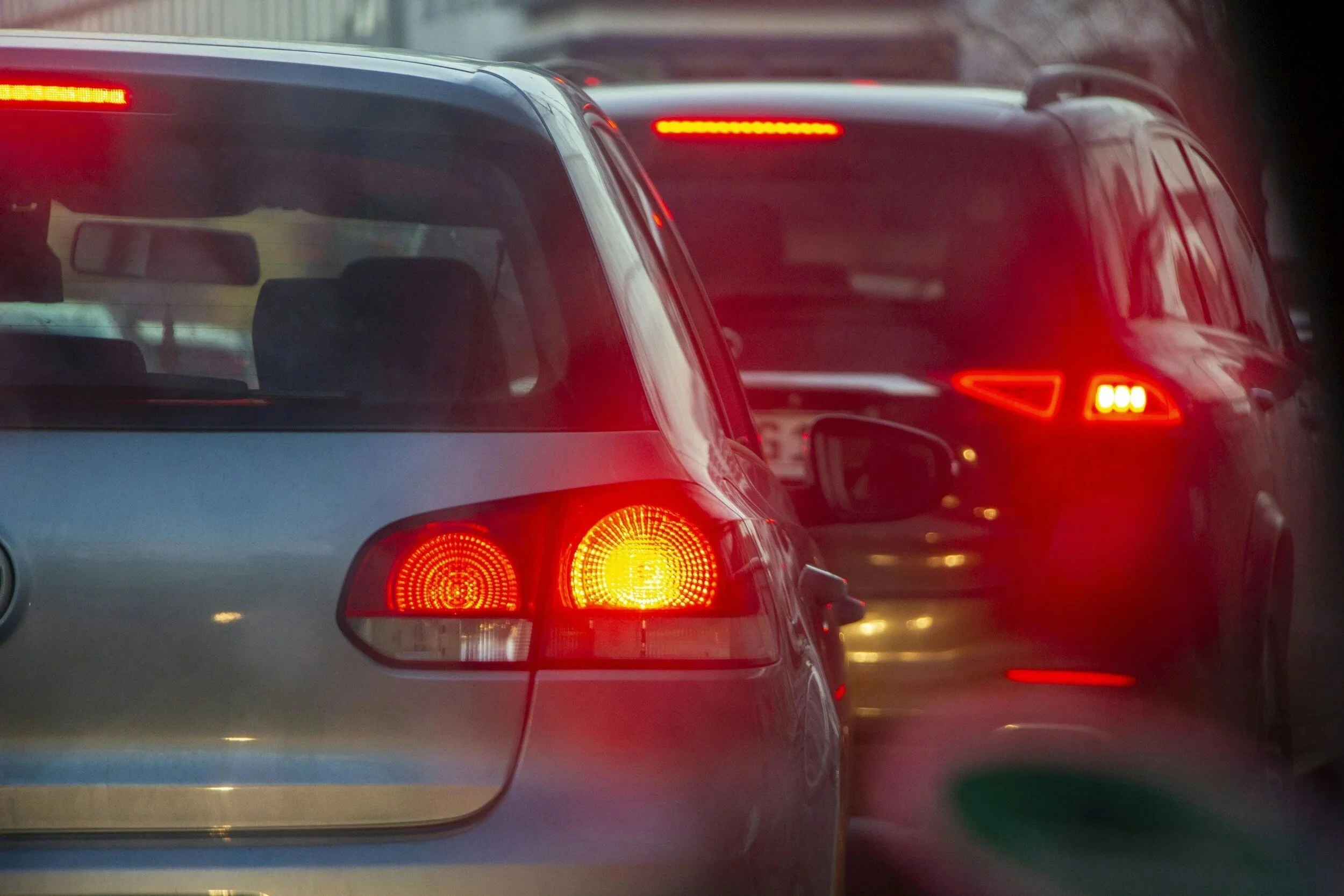What to Do If You're Involved in a Lyft Accident While Traveling
Ridesharing services like Lyft have become a go-to choice for travelers looking for convenience and affordable transportation. Whether you’re visiting a new city or exploring your hometown, using Lyft offers a quick and efficient way to get around. However, just like any form of transportation, accidents can happen—sometimes involving rideshare vehicles.
Why Lyft is a Convenient Option While Traveling
When you’re traveling, you may not always be familiar with local public transit routes or rental car services. Lyft provides a convenient and user-friendly alternative, allowing you to travel on your own schedule. Here are a few reasons why using Lyft can enhance your travel experience:
1. Convenience and Availability
Lyft operates in cities across the U.S., offering reliable transportation at the tap of a button. With the app available on both Android and iOS, you can easily request a ride wherever you are, day or night. This makes it especially useful for getting to airports, hotels, or sightseeing locations without the hassle of navigating public transportation or dealing with the complexities of car rentals.
2. Cost-Effective
Compared to traditional taxis or car rentals, Lyft can be a more affordable option, especially for short trips or rides in busy urban areas. Additionally, you can often split the fare with friends or fellow travelers, further lowering the cost.
3. Flexibility
Unlike scheduled public transit services, Lyft allows you to travel on your own terms. Whether you need a ride in the middle of the night or to a location not easily accessible by bus or subway, Lyft provides flexibility and comfort.
What to Do If You're Involved in an Accident with a Lyft Vehicle
While Lyft is a great way to get around, it’s important to recognize that, like any vehicle on the road, Lyft cars can be involved in accidents. Whether you’re a passenger or the driver involved in the accident, it’s crucial to know what steps to take to protect yourself and your legal rights. Here’s what you should do if you find yourself in an accident with a Lyft vehicle while traveling:
1. Check for Injuries and Seek Medical Attention
The first priority after any accident is ensuring everyone’s safety. If you or anyone else involved in the accident is injured, seek medical attention immediately. Even if you don’t feel injured right away, it’s a good idea to see a doctor as some injuries, such as whiplash, may not show symptoms immediately.
Make sure to document any injuries by taking pictures and keeping a record of medical treatments. This can be valuable evidence if you decide to file a claim or seek legal action later.
2. Contact the Authorities
After an accident, you should always contact the police. Having an official police report is critical for both insurance purposes and any legal matters that may arise. The police will document the accident, gather statements from all parties involved, and provide a report that you can use later when dealing with insurance or an attorney.
3. Exchange Information
Just like any other car accident, exchange information with the Lyft driver (and the other party if applicable). This should include:
Full name and contact information of the driver.
Lyft driver’s license number and insurance information.
The make, model, and license plate of the Lyft vehicle.
The contact details of any passengers in the vehicle (if relevant).
Additionally, it’s a good idea to take note of the accident's time, location, and any contributing factors (such as weather conditions or traffic).
4. Notify Lyft
It’s important to notify Lyft as soon as possible after the accident. You can do this through the Lyft app, where you can report the incident directly to the company. Lyft’s support team will initiate an investigation into the matter, and they can provide you with information about insurance coverage.
Lyft’s insurance policy may cover certain situations, depending on the circumstances of the accident. Lyft drivers are insured under the company’s policy when they are actively driving passengers or en route to pick them up. If the accident occurs while the driver is off-duty (not en route or picking up a passenger), then the driver’s personal insurance may apply.
5. Document Everything
Collect as much evidence as you can. This includes taking photos of the accident scene, your injuries, and any damage to the vehicles involved. Be sure to capture photos of the Lyft vehicle as well, including the license plate and any visible damage.
If there are any witnesses to the accident, get their contact information. Their statements can be helpful in supporting your case, especially if there are any disputes about how the accident happened.
6. Contact an Accident Lawyer
If you’ve been injured in the accident or if there are disputes about liability, it’s important to contact an experienced personal injury lawyer who specializes in Lyft accidents. A lawyer can help you understand your rights and guide you through the process of filing a claim with the insurance companies or, if necessary, taking legal action. They can also ensure that you’re fairly compensated for medical bills, lost wages, and pain and suffering.
7. Follow Up with Insurance
After the accident, both the Lyft driver and the other party involved will likely need to file insurance claims. If you’re a passenger, Lyft’s insurance policy will generally cover injuries, but you should still follow up to make sure everything is being handled properly. If there’s a dispute over who was at fault or if you need to pursue further compensation, your lawyer can assist you in navigating the claims process.






